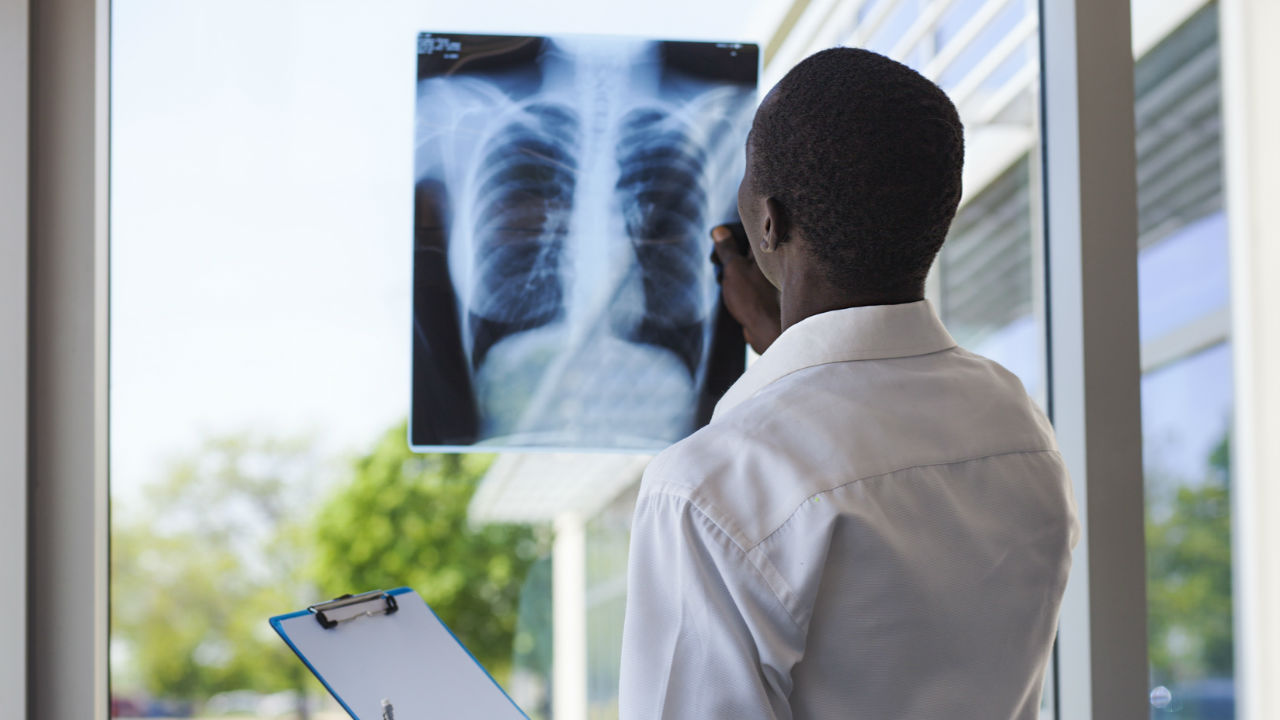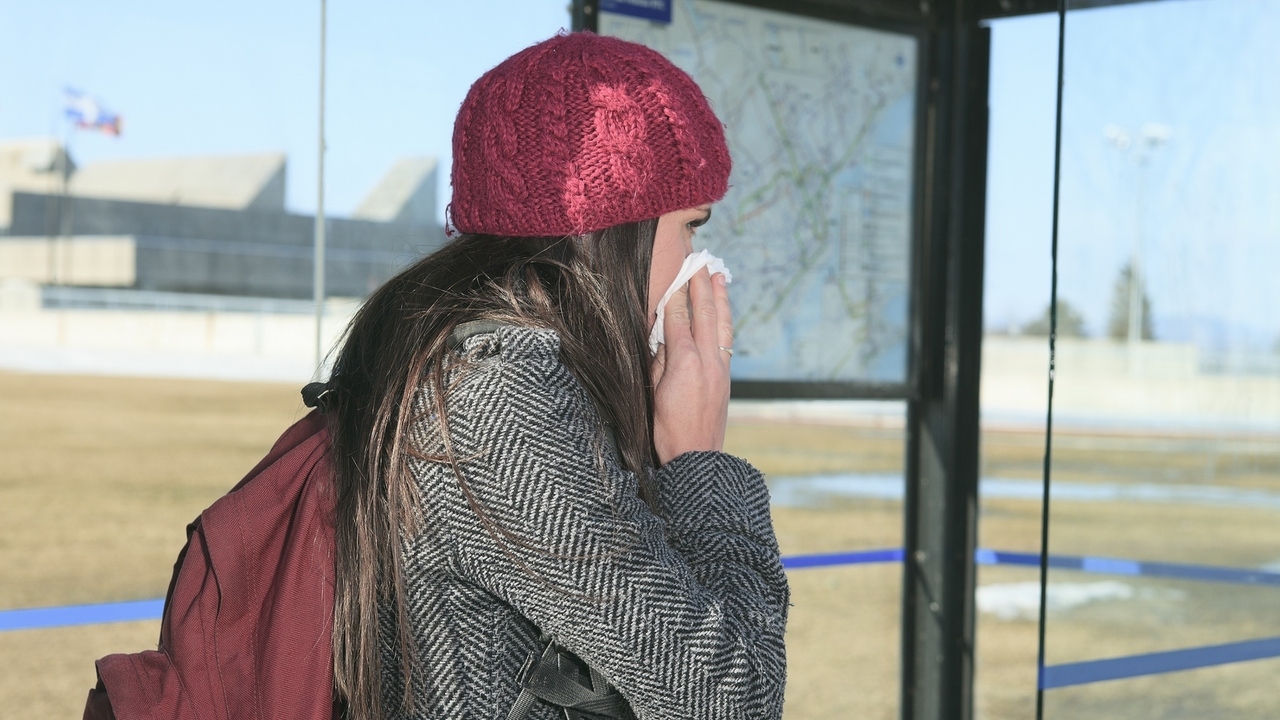Black Lung Disease (coal worker's pneumoconiosis) is the name given to a relatively common condition among coal workers. Similar to other occupational-related respiratory illnesses that are the result of continued inhalation of harmful particles, black lung disease results from the inhalation of coal dust. It has killed hundreds of thousands of coal miners over the years.
As the coal dust accumulates in the lungs it inhibits the lungs' ability to take in oxygen, release carbon dioxide from the body and perform the oxygen/carbon dioxide switch in the blood.
While coal miners aren't the only ones at risk of developing black lung, they are the most susceptible since they are exposed to coal dust more.
Even though regulations were set in place to reduce the amount of exposure to coal dust, more than 20,000 coal miners have died across the United States since 1990.
Black lung disease used to be considered an "old timers' " disease, because coal mining is often associated with an earlier time in the country's history, but it is still very much a 21st Century industry, making black lung a current condition. It's not just something that happened to our grandfathers and great-grandfathers, it's happening to the younger generation as well, who are only following in their family's footsteps in a bid to make a good living.
While not every miner will develop this condition, the National Institute for Occupational Safety and Health (NIOSH) says that one out of every 20 miners will show X-ray signs of the disease.
Even with the regulations in place, workers are still being affected. Kentucky, for example, actually saw their number of deaths increase by 38% between 1998 and 2004.
Symptoms and Treatments
Diagnosis is usually made through a chest X-ray. Interestingly, in 1969 chest X-rays were regulated as mandatory for coal workers. In 1977, additional protocols were set in place. Upon first starting employment as a coal miner, the company must have offered a chest X-ray as part of a pre-placement physical examination, or within six months of a person being hired. X-rays then continued on an intermittent basis every couple of years.
For those who are currently employed as a coal miner, the company must provide miners with an X-ray every five years.
Symptoms of black lung disease include:
- chronic cough
- shortness of breath
- chest pain
- chest congestion
In some cases, the disease can be present without any presentation of symptoms. That's why those who work with coal in any capacity are encouraged to have regular X-rays to pick up evidence of the disease early.
There is no treatment to reverse the damage that inhaled coal dust has already done to a person's lungs. Treatment is focused on decreasing the likelihood of further damage occurring, and improving quality of life for those with the condition.
Prevention
While there are government regulations in place to restrict exposure to coal dust through new masks and air quality technology, it is assumed that miners are still dying because the mining companies haven't invested in these new methods, or perhaps the implementation of these methods came too late for those already working in the mines.
The only way to prevent black lung is to restrict exposure to coal dust. Unless all coal mining companies start implementing these precautions and investing in new equipment, this condition will continue to plague our hard-working men and women.
Sources: www.breathingbetterlivingwell.com; www.courier-journal.com; www.cdc.gov; www.webmd.com






Add a CommentComments
There are no comments yet. Be the first one and get the conversation started!